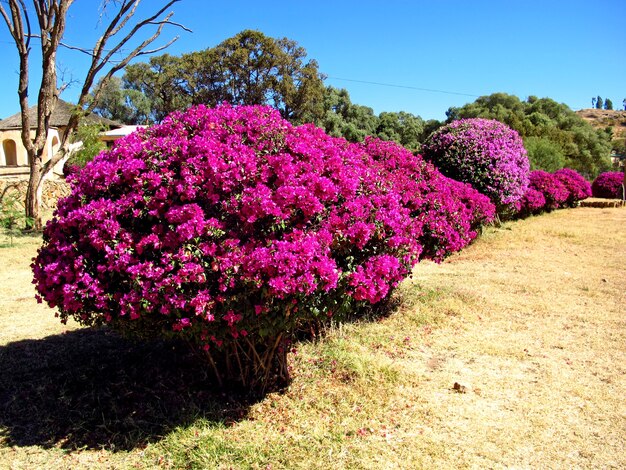
Axum (or Aksum) is one of Ethiopia’s most historically rich destinations. This once-great kingdom has left behind incredible relics and stories that still captivate visitors today. Many of the sites predate the Axumite Kingdom but remain integral to the history of both Axum and Ethiopia as a whole.
Despite its small size, Axum’s main historical attractions can be explored in a day or even a few hours. However, if you have more time, you’ll definitely want to delve deeper into these fascinating sights.
Here are some of the best things to do in Axum, Ethiopia:
Stelae Park
One of the most iconic spots in Axum is Stelae Park, home to those impressive stone slabs, or stelae, adorned with ancient inscriptions. Notably, several of these stelae have been repatriated to Ethiopia, including a large one returned by Italy, which occupies a prominent position in the park. Among the stelae, you’ll find numerous tombs and another stela that had toppled over. It’s a place teeming with history and definitely worth a visit.
Archaeology Museum
Situated near Stelae Park, the Archaeology Museum houses numerous artifacts from the area, alongside several paintings. While some displays lack detailed descriptions (and not everything is translated into English), the museum offers an intriguing glimpse into Axum’s past. It’s not a standout on its own, but it’s worth a look if you’re already visiting Stelae Park.
New Church of St. Mary of Zion
This large and beautiful church is relatively new and was built so women, who are not allowed in the nearby monastery, could have a place to pray. The church features stunning paintings, older manuscripts, and beautiful books and artwork. Nearby, you can also explore a Church Museum with various treasures and local items. Note that photography is not allowed inside the museum, and you will need to lock away your cameras and cellphones.
Arabtu Ensessa Church
While parts of this area are off-limits to women, the church and monastery boast beautiful artwork and fascinating historical narratives. One intriguing element is the depiction of the Madonna, painted black in one scene and white in a later European-influenced version. The preservation of the church is excellent, making it a visually rewarding visit.
Ark of the Covenant Chapel
This chapel, purportedly housing the Ark of the Covenant brought to Ethiopia by Solomon’s son, is one of the area’s main attractions. However, it is strictly off-limits to visitors. A priest guards the Ark and never leaves the chapel. Tourists are kept at a distance due to past incidents of attempted breaches.
Queen of Sheba Palace
Steeped in mythology, this site is said to be linked to the legendary Queen of Sheba, a figure central to Ethiopian lore. Though the history is shrouded in mystery and the attribution to Sheba is uncertain, wandering around the palace provides a glimpse into ancient times and fuels the imagination.
Queen of Sheba Bath
This large pool, believed by locals to be holy, is said to have been used by the Queen for bathing. While the water appears muddy, it is a vital resource for locals who regularly come to fill their containers. There’s not much to do here, but it’s worth a quick stop for a photo.
Tombs of Kings Kaleb and Gebre Meskal
Located on a hill, these tombs offer an intriguing look into Axum’s past. Although our guide’s English was not very clear, it’s worth a brief visit unless you’re deeply interested in the detailed history of these ancient kings.
Where to Stay
Axum offers a variety of hotels catering to different budgets. We stayed at the Sabean Hotel, which, while somewhat overpriced, provided a much-needed clean and comfortable break. Alternatives are available, though don’t expect Western standards.
For more travel inspiration, check out:
ETHIOPIA: Visiting the Blue Nile and Bahir Dar
ETHIOPIA: Visiting the Simien Mountains